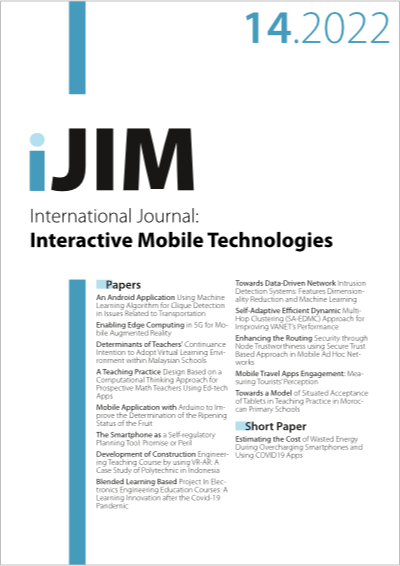Blended Learning Based Project In Electronics Engineering Education Courses: A Learning Innovation after the Covid-19 Pandemic
DOI:
https://doi.org/10.3991/ijim.v16i14.33307Keywords:
Blended Learning, Project, Electrostatic Precipitator, Electronics Engineering Education, Learning InnovationAbstract
Engineering education is an important part of preparing quality graduates for the challenges of the Covid-19 and post-pandemic conditions, and electronics engineering education is no exception. Blended learning-based projects as an alternative to innovative learning at this time. This study aims to explore and explain the application of blended learning-based projects in electronics engineering education courses. The research method used is a project-based product design and development carried out by blended learning. We conduct our project activities in higher education special students from Electronic Engineering Education that take part in the learning of this project. Students who participate are only limited to small groups to avoid the impact of the Covid-19 pandemic, in 1 small group consisting of 3-5 people and there is 1 group leader who manages the work, while other members are supportive and help complete joint projects. The results of this study show the ability of students to work by implementing project-based learning in producing products, namely Exhaust Fan products based on Electrostatic Precipitator (ESP) as a form of a mini prototype that can be used for small household scale industries. The ability of students to work on product manufacturing by applying the principles of project-based learning in the category already has the ability to, skilled and thoroughly working on the project that was planned until it succeeded in becoming a product prototype which was carried out in project-based blended learning.
Downloads
Published
How to Cite
Issue
Section
License
Copyright (c) 2022 Muhammad Anwar, Hendra Hidayat, Ika Puspa Yulistiowarno, Khairi Budayawan, Zulwisli, Obaze Agbonluae Osumah, Zadrian Ardi

This work is licensed under a Creative Commons Attribution 4.0 International License.



